The Best TV Shows on NHK
Every NHK Show Ranked From Best To Worst
Stay up-to-date with over 20 of NHK’s elite series, with our list refreshed for January 2026. NHK Kōhaku Uta-Gassen and Oshin represent the pinnacle of NHK’s programming, launching in 1951 and 1983. NHK has over 20 shows broadcast from as early as 1951 and as recent as 2025.
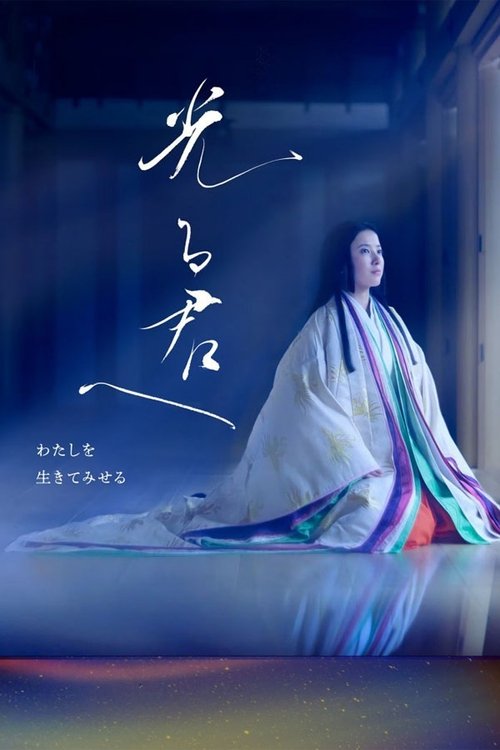 Dear Radiance (2024)9.0
Dear Radiance (2024)9.0Murasaki Shikibu (Yoshitaka Yuriko), the heroine of this story, wrote the bestseller 'The Tale of Genji,' transcending a thousand years during the Heian period. She weaves the story of Hikaru Genji, fueled by her love for Fujiwara no Michinaga (Emoto Tasuku), with her hidden passion and incomparable imagination. It is a tale of a woman who lived with unchanging love in an ever-changing world. (From TV JAPAN)
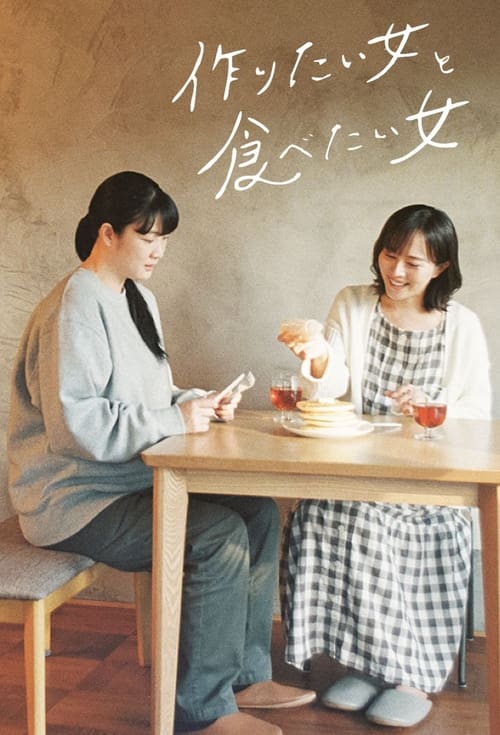 She Loves to Cook, and She Loves to Eat (2022)8.8
She Loves to Cook, and She Loves to Eat (2022)8.8Cooking is how Nomoto de-stresses, but one day, she finds herself making way more than she can eat by herself. And so, she invites her neighbor Kasuga, who also lives alone. What will come out of this impromptu dinner invitation...?
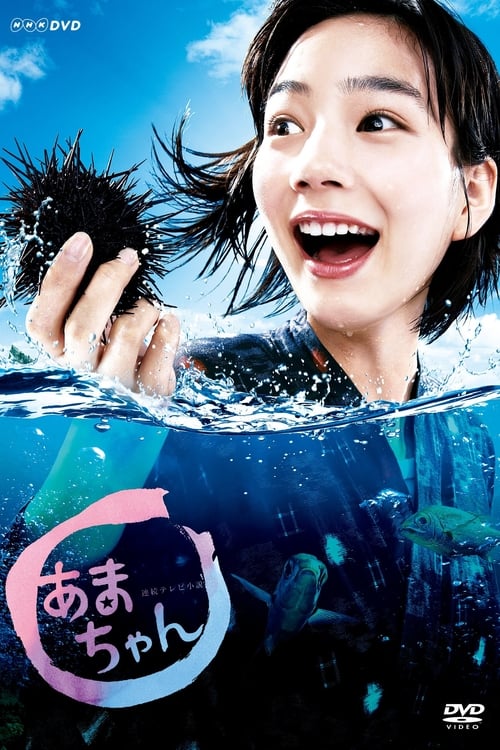 Amachan (2013)8.6
Amachan (2013)8.6Aki Amano, a high-school girl from Tokyo moves to the Sanriku Coast in the Tohoku region to become a female diver. She becomes a local idol, then returns to Tokyo to try to become a real idol, and finally returns to Tohoku to help revitalize the area after the Great East Japan earthquake.
 Anpan (2025)8.3
Anpan (2025)8.3In wartime Japan, spirited Nobu transforms from a militarist schoolgirl into Kochi’s first female reporter, as she and childhood friend Takashi endure personal loss and struggle to find their own truths amid the upheaval of the Showa era.
 Hiyokko (2017)8.2
Hiyokko (2017)8.2The 17-year-old Yatabe Mineko grew up in a family of seven in a mountain village in northeastern Ibaraki Prefecture. Her father Minoru has gone to Tokyo to work in order to earn extra money. However, her life completely changes when her father does not come back for the New Year. Mineko asks her family to let her go to Tokyo to find him and promises to send money home. In the autumn of 1964, she and two childhood friends Tokiko and Mitsuo are hired to start working at a small factory in Tokyo’s working class neighborhood. After work each day, Mineko searches for her father and gets disheartened at times. Mineko overcomes challenges and starts to lay down roots in Tokyo as she experiences many meetings and farewells amid the laughter and tears with regulars, people of the shopping street, friends, and colleagues. But will she be able to find her father?
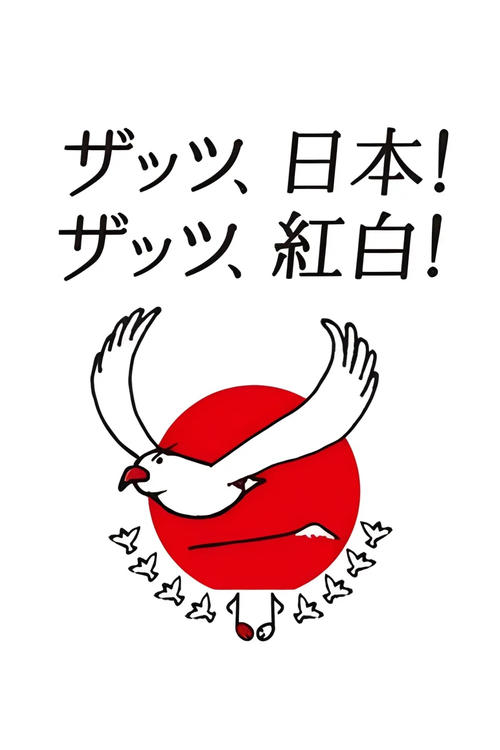 NHK Kōhaku Uta-Gassen (1951)8.0
NHK Kōhaku Uta-Gassen (1951)8.0NHK Kōhaku Uta-Gassen (NHK紅白歌合戦, "NHK Red and White Song Battle"), more commonly known simply as Kōhaku, is an annual New Year's Eve television special held on December 31 every year, and produced by Japanese public broadcaster NHK. It is broadcast live simultaneously on NHK General TV, BS4K, BS8K, and NHK radio (nationally) and internationally on NHK World Premium and some overseas (mainly cable) broadcasters who buy the program. The program divides the most popular music artists of the year into competing teams of red and white. The "red" team or "akagumi" (紅組) is composed of all female artists (or groups with female vocals), while the "white" team or "shirogumi" (白組) is all male (or groups with male vocals).
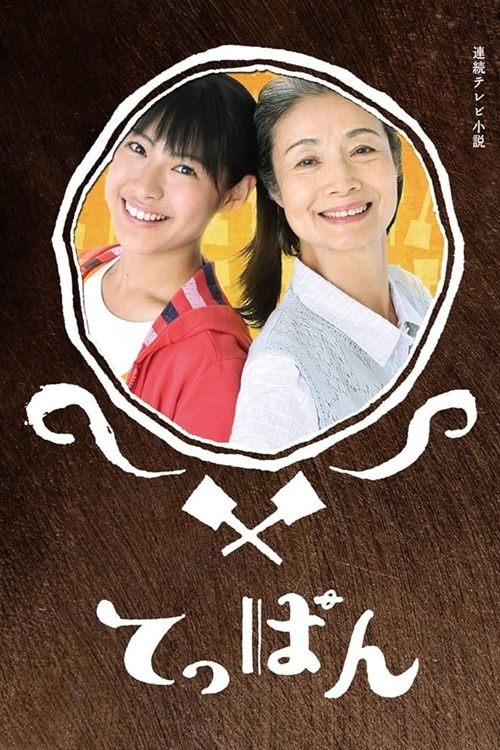 Teppan (2010)8.0
Teppan (2010)8.0Teppan is a Japanese television drama that aired on NHK in 2010–2011. It was the 83rd Asadora. It starred a new actress, Miori Takimoto, in the role of a young woman raised by an adopted family in Onomichi who learns of her real grandmother and decides to move to Osaka to start an okonomiyaki restaurant. The title word "teppan" refers to the metal surface on which okonomiyaki are cooked. The series, while interrupted by the Tohoku Earthquake, averaged a 17.2% rating, making it the fourth most popular of the Asadora dramas in the previous five years.
 Massan (2014)8.0
Massan (2014)8.0Massan is based on the lives of Masataka Taketsuru and his wife Jessie Roberta "Rita" Cowan, a Scotswoman Taketsuru met while studying abroad.
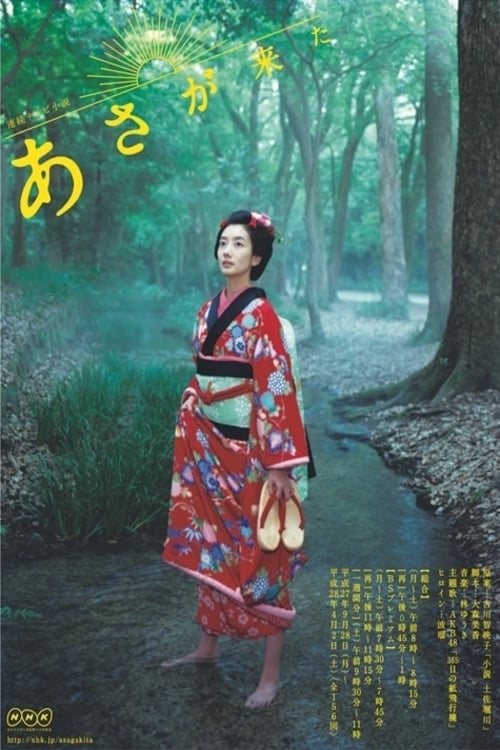 Asa ga Kita (2015)8.0
Asa ga Kita (2015)8.0Towards the end of the Edo era, in the town of Kyoto, there lived a wealthy merchant by the name of Imai Tadamasa. He was blessed with 3 children, Hatsu, Asa and Kyutaro. His eldest, Hatsu, was a traditional girl who loved to play the koto and sew. Whilst his second daughter, Asa, was an impish hoyden who loved sumo wrestling. Asa was engaged to be married to the second son of a distinguished family who ran a money changer business in Osaka, Shirooka Shinjiro. Although Asa was furious when she had first heard about the betrothal, when she met up with Shinjiro for the first time, his charisma greatly attracted her and she fell in love with him in no time.
 My Worst Friend (2023)8.0
My Worst Friend (2023)8.0Hotaru (Makita Aju), a college senior on a job-hunting losing streak, finds her childhood friend Miharu (Takaishi Akari) her nemesis. Miharu responds to disputes in their classroom with a fair argument and overcomes various accidents with her ingenuity, always basking in the dazzling spotlight. Wanting to be like Miharu, Hotaru applies for the employment exam acting a girl someone like Miharu and she passes the first paper screening. Still puzzled by the situation, she continues to lie with a smile for the following interview, and the next, and the next... (Source: TV Japan)
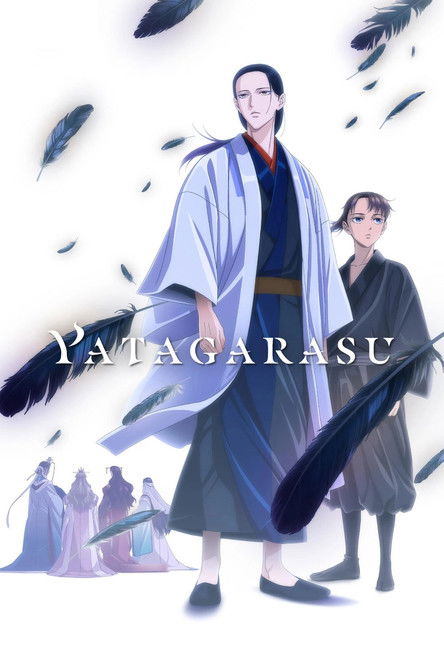 YATAGARASU: The Raven Does Not Choose Its Master (2024)7.8
YATAGARASU: The Raven Does Not Choose Its Master (2024)7.8Welcome to Yamauchi, a world inhabited by the Yatagarasu, a race of three-legged ravens who shapeshift into humans. The land is divided into four regions—North, South, East, and West—each ruled by a noble family. Yukiya, the son of a leader in the North, is shocked by a call to attend to the Imperial Prince. Murder, mysteries, and an invasion from an unexpected enemy await in this epic fantasy.
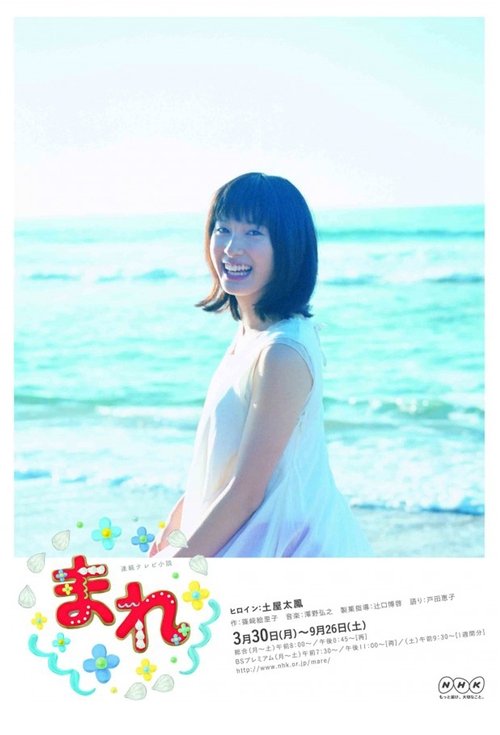 Mare (2015)7.7
Mare (2015)7.7Mare is an elementary school student. She lives with her family in the city, but, right before her father goes bankrupt, they run away and settle down at a fishing village in Noto. The family rents a couple's home who run a salt pond. Mare's father starts a new business, but it also fails. Her mother supports the family by working at the salt pond. 8 years later, Mare, about to graduate from high school, decides to work for the Wajima local government. She wants to have a steady job, unlike her father. Her job is to support people who move to Noto.
 What Will You Do, Ieyasu? (2023)7.7
What Will You Do, Ieyasu? (2023)7.7He lost his land, his father, and was torn from his mother. Lonely and wounded, young Takechiyo thought he'd live out his days quietly as a hostage. But fate had other plans. Inspired by Mikawa warriors, he becomes a minor lord and dives into a war-torn world ruled by monsters like Nobunaga and Shingen.Life-or-death moments, miscalculations, and no time to breathe—what will you do, Ieyasu?
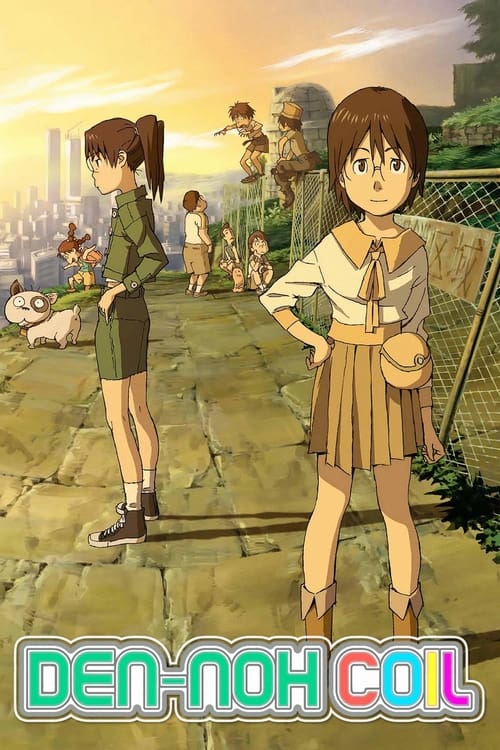 Den-noh Coil (2007)7.4
Den-noh Coil (2007)7.4Den-noh Coil, Coil — A Circle of Children, is a Japanese science fiction anime television series depicting a near future where semi-immersive augmented reality technology has just begun to enter the mainstream. The series takes place in the fictional city of Daikoku, a hotbed of AR development with an emerging city-wide virtual infrastructure. It follows a group of children as they use AR glasses to unravel the mysteries of the half real, half Internet city, using a variety of illegal software tools, techniques, and virtual pets to manipulate the digital landscape. Den-noh Coil, in development for over a decade, is the series director debut of Japanese animator Mitsuo Iso. It premiered on NHK Educational TV on May 12, 2007. Due to the animators involved in its production and its unusually high-profile television broadcast time slot, Den-noh Coil was highly anticipated.
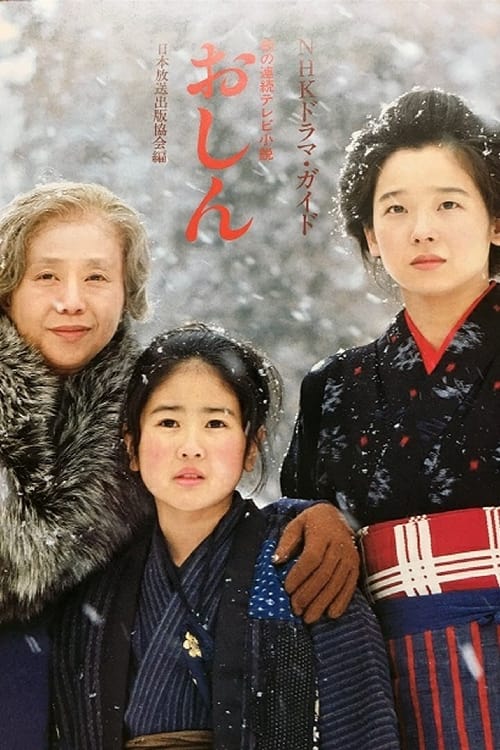 Oshin (1983)6.7
Oshin (1983)6.7Oshin is a Japanese serialized morning television drama, which aired on broadcaster NHK from April 4, 1983 to March 31, 1984. The series follows the life of Shin Tanokura during the Meiji period up to the early 1980s. Shin was called "Oshin", which is an archaic Japanese cognomen.
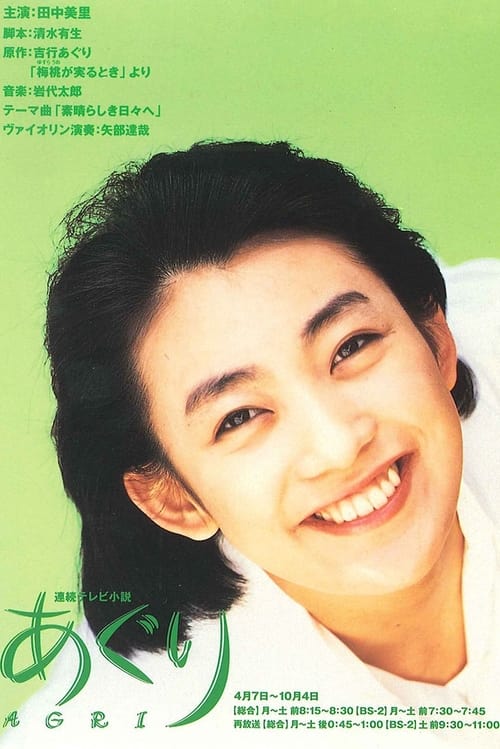 Agri (1997)N/A
Agri (1997)N/AThe 56th NHK Asadora Renzoku Drama is Agri. Story's settings include Okayama and Tokyo (Ichigaya). This renzoku chronicles the life of a Showa period hairdresser, and is based on a true life story of Moshizuki Agri. Agri has worked for over 70 years as a beautician. She is a successful business woman who survived the war by becoming a farmer. During the war, going to the beauty salon was considered a frivolity, so many such businesses went bankrupt as Japan suffered from the energy spent as all the yen was fueled into the war effort.
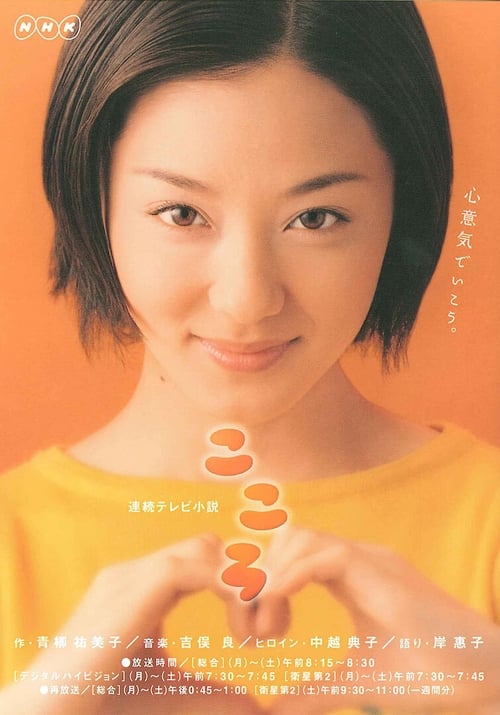 Kokoro (2003)N/A
Kokoro (2003)N/ASuenaga Kokoro, an international flight attendant, lives with her mother and grandmother who operate a traditional restaurant in a lively downtown district of Tokyo where customs and traditions run deep and neighbors know each other like a big family.
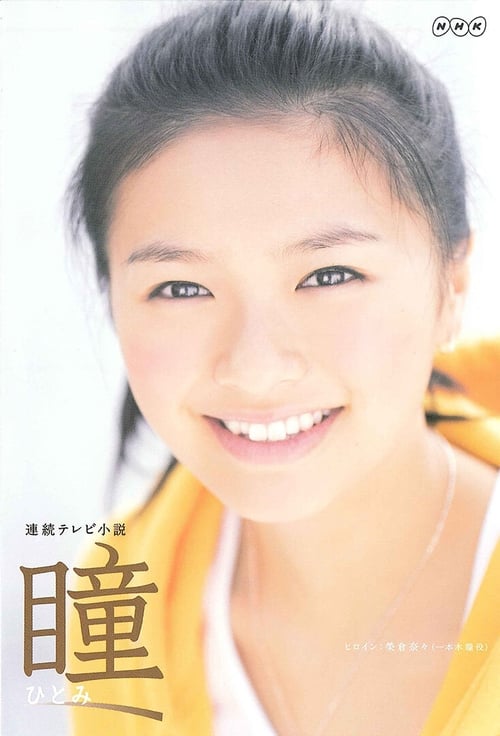 Hitomi (2008)N/A
Hitomi (2008)N/AThe 78th NHK Asadora is Hitomi. The series takes place in the old shitamachi area of Tokyo, and in these most recent episodes, 20-year old heroine Hitomi becomes the force around which her divorced mother, long estranged from her own father, is forced to reconcile and renew a sense of family camaraderie. This is not particularly easy, given the trifling issues and problems of modern day life that beset each of the characters, and the drama unfolds with a light comedic touch. Hitomi's upbringing is the issue that is constantly brought into focus. The family reconciliation is made possible, ironically through the death of Hitomi's grandmother. Hitomi seizes the opportunity to travel to her funeral from Sapporo. Once there, she sets out to realize her dream of becoming a dancer, all the while interfering with and disrupting her grandfather's life.
 Fujiko F. Fujio Sci-Fi Short Drama (2023)N/A
Fujiko F. Fujio Sci-Fi Short Drama (2023)N/A Omusubi (2024)N/A
Omusubi (2024)N/AA Heisei youth graffiti drama, in which the heroine Yoneda Yui (Hashimoto Kanna), born in the first year of the Heisei era, connects people's hearts to the future as a nutritionist. Always cherishing her individuality, she sometimes struggles, but powerfully and joyfully pushes through the turbulent Heisei and Reiwa eras.